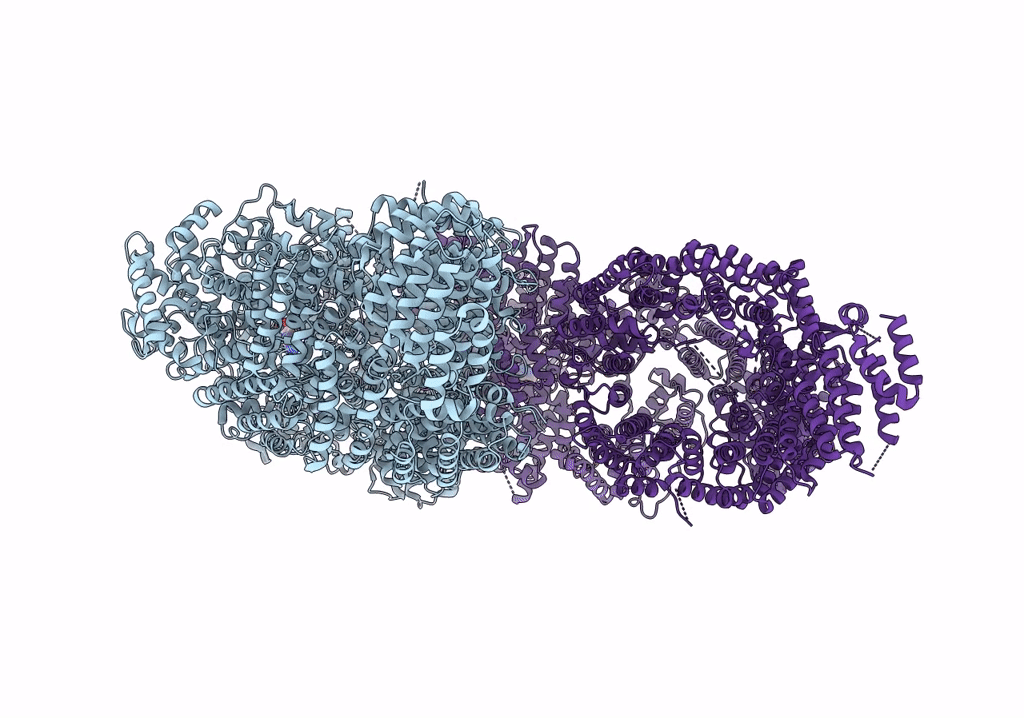
Deposition Date
2021-10-13
Release Date
2022-02-02
Last Version Date
2024-06-05
Method Details:
Experimental Method:
Resolution:
2.51 Å
Aggregation State:
PARTICLE
Reconstruction Method:
SINGLE PARTICLE


